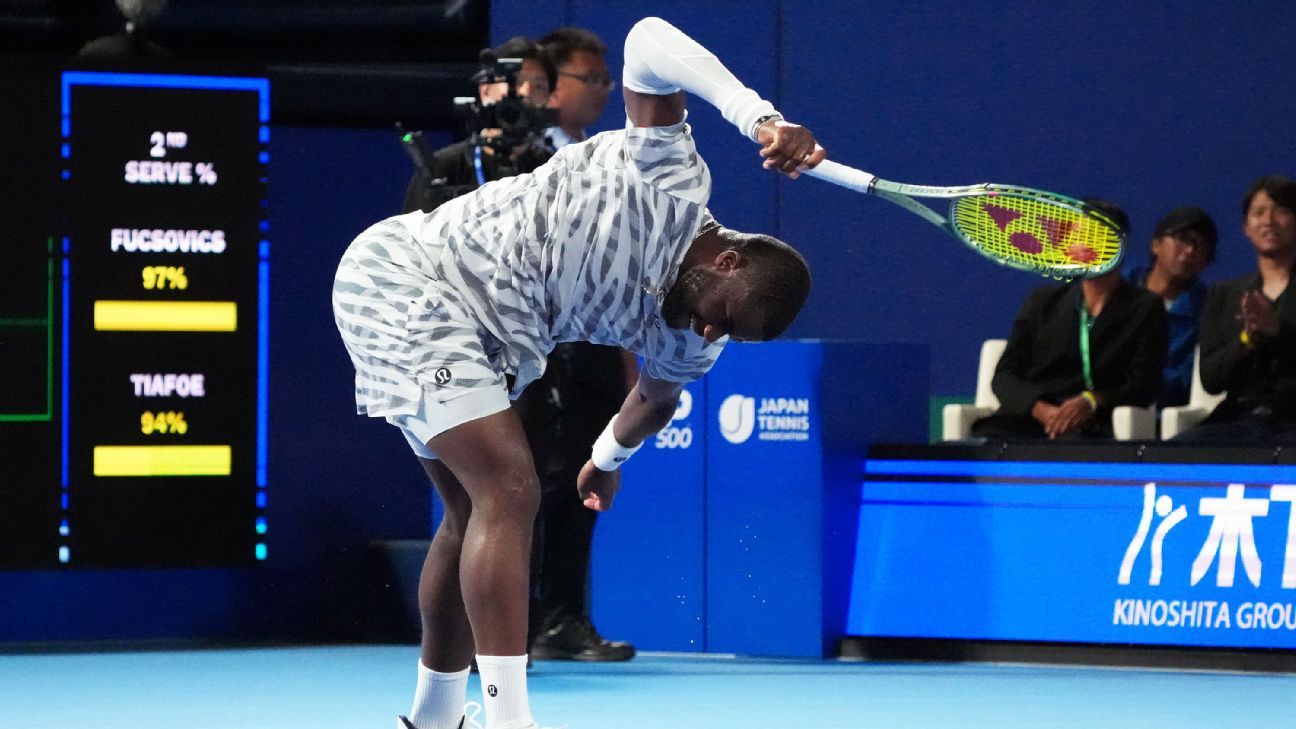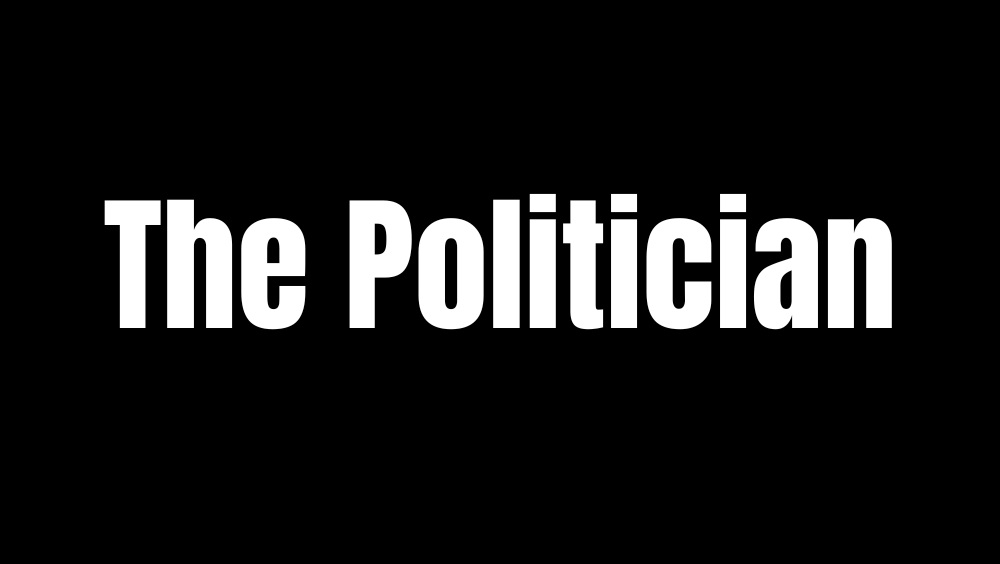Statehood protest turns violent in Leh: BJP office set ablaze, police van torched, BJP accuses Congress leader for rioting – What sparked violence in Leh?
On 24th September, violence erupted in Leh, Union Territory of Ladakh after a shutdown call by the Leh Apex Body’s youth wing spiralled into clashes, arson and chaos. The agitators, who were demanding statehood and inclusion of Ladakh under the Sixth Schedule of the Constitution, torched the local Bharatiya Janata Party (BJP) office, burnt a police van, and clashed with the security forces deployed in the heart of the city. Notably, BJP has accused Congress leader of participating in rioting. Disturbing scenes from Ladakh bordering China. Ladakh Autonomous Hill Dev Council office, BJP office, CRPF, Police Vehicles torched. Several injured. Talk of political link to riots. Activist Wangchuk draws "Gen Z" link. SPARK OF ANARCHY THE FIRST HYDROGEN BOMB? pic.twitter.com/YXb7MafuqI— Rahul Shivshankar (@RShivshankar) September 24, 2025 The violence marks the sharpest escalation of the ongoing agitation spearheaded by controversial activist Sonam Wangchuk, who has been on hunger strike since early September demanding Ladakh’s constitutional and political rights. The violence also forced the District Magistrate of Leh, Romil Singh Donk, to invoke Section 163 of the Bharatiya Nagrik Suraksha Sanhita (BNSS) 2023, banning assembly of more than four people, rallies, and unauthorised use of loudspeakers. How the violence unfolded According to media reports, eyewitnesses said that the tension had been simmering since Tuesday evening after two elderly people sitting on hunger strike collapsed and were rushed to hospital. Their condition sparked outrage among students and youth activists, many of whom had already expressed discontent over the Centre’s delay in resuming meaningful talks with Ladakhi leadership. Protests turn violent in Ladakh demanding Sixth Schedule. Two protestors on hunger strike since last 15 days were taken to the hospital. BJP Office in Leh also vandalised. pic.twitter.com/P6c147o7wQ— Aditya Raj Kaul (@AdityaRajKaul) September 24, 2025 On Wednesday morning, crowds began assembling near the hunger strike site. They later moved towards the BJP office in Leh town. Police and paramilitary forces had already been deployed in anticipation. Barricades were raised to control the agitators. However, as the protesters attempted to break through, stone pelting began. Police used teargas shells in retaliation to control the violence. #WATCH | Leh, Ladakh: BJP Office in Leh set on fire during a massive protest by the people of Ladakh demanding statehoothe d and the inclusion of Ladakh under the Sixth Schedule turned into clashes with Police. https://t.co/yQTyrMUK7q pic.twitter.com/x4VqkV8tdd— ANI (@ANI) September 24, 2025 The situation quickly spiralled out of control when a police van was set ablaze. Soon after, protesters stormed the BJP office, setting it on fire amid chants in support of Wangchuk and against what they claimed to be the Centre’s “failed UT experiment.” Several other vehicles were also damaged in the melee. Reports from the ground suggest dozens were injured in the clashes, with claims, unverified at the time of filing, that three to five young protesters were killed in police firing. Wangchuk ends hunger strike, appeals for peace Following the violence, Wangchuk issued a statement expressing sorrow over the turn of events and called off the hunger strike. He wrote on social media platform X, “Very sad events in Leh. My message of peaceful path failed today. I appeal to youth to please stop this nonsense. This only damages our cause.” VERY SAD EVENTS IN LEHMy message of peaceful path failed today. I appeal to youth to please stop this nonsense. This only damages our cause.#LadakhAnshan pic.twitter.com/CzTNHoUkoC— Sonam Wangchuk (@Wangchuk66) September 24, 2025 Wangchuk described the unrest in Leh as a “Gen Z revolution”, blaming the younger generation’s frustration for the violent turn of the statehood protests. He said the hospitalisation of two elderly hunger strikers ignited anger among Ladakhi youth, pushing them onto the streets. Wangchuk stressed that repeated neglect of Ladakh’s demands for statehood and constitutional safeguards had created deep social unrest. However, by shifting the blame onto Gen Z, the same demographic credited with toppling KP Oli’s government in Nepal, he was arguably trying to escape responsibility and cover up his own inability to rein in the protesters. Later in the day, Wangchuk addressed a press meeting and ended his 15-day hunger strike. He said the decision was taken in view of the deteriorating situation. “Three to five young people have been killed because there was police firing,” he claimed. “We have reports that many people have been injured. We don’t know the exact count. This is not the way forward. We have decided to end the hunger strike.” Notably, Wangchuk has been at the front of the protests for over five years seeking statehood for Ladakh. While he claimed to be peaceful in his protests, he admitte



On 24th September, violence erupted in Leh, Union Territory of Ladakh after a shutdown call by the Leh Apex Body’s youth wing spiralled into clashes, arson and chaos. The agitators, who were demanding statehood and inclusion of Ladakh under the Sixth Schedule of the Constitution, torched the local Bharatiya Janata Party (BJP) office, burnt a police van, and clashed with the security forces deployed in the heart of the city. Notably, BJP has accused Congress leader of participating in rioting.
Disturbing scenes from Ladakh bordering China. Ladakh Autonomous Hill Dev Council office, BJP office, CRPF, Police Vehicles torched. Several injured. Talk of political link to riots. Activist Wangchuk draws "Gen Z" link.
— Rahul Shivshankar (@RShivshankar) September 24, 2025
SPARK OF ANARCHY THE FIRST HYDROGEN BOMB? pic.twitter.com/YXb7MafuqI
The violence marks the sharpest escalation of the ongoing agitation spearheaded by controversial activist Sonam Wangchuk, who has been on hunger strike since early September demanding Ladakh’s constitutional and political rights. The violence also forced the District Magistrate of Leh, Romil Singh Donk, to invoke Section 163 of the Bharatiya Nagrik Suraksha Sanhita (BNSS) 2023, banning assembly of more than four people, rallies, and unauthorised use of loudspeakers.
How the violence unfolded
According to media reports, eyewitnesses said that the tension had been simmering since Tuesday evening after two elderly people sitting on hunger strike collapsed and were rushed to hospital. Their condition sparked outrage among students and youth activists, many of whom had already expressed discontent over the Centre’s delay in resuming meaningful talks with Ladakhi leadership.
Protests turn violent in Ladakh demanding Sixth Schedule. Two protestors on hunger strike since last 15 days were taken to the hospital. BJP Office in Leh also vandalised. pic.twitter.com/P6c147o7wQ
— Aditya Raj Kaul (@AdityaRajKaul) September 24, 2025
On Wednesday morning, crowds began assembling near the hunger strike site. They later moved towards the BJP office in Leh town. Police and paramilitary forces had already been deployed in anticipation. Barricades were raised to control the agitators. However, as the protesters attempted to break through, stone pelting began. Police used teargas shells in retaliation to control the violence.
#WATCH | Leh, Ladakh: BJP Office in Leh set on fire during a massive protest by the people of Ladakh demanding statehoothe d and the inclusion of Ladakh under the Sixth Schedule turned into clashes with Police. https://t.co/yQTyrMUK7q pic.twitter.com/x4VqkV8tdd
— ANI (@ANI) September 24, 2025
The situation quickly spiralled out of control when a police van was set ablaze. Soon after, protesters stormed the BJP office, setting it on fire amid chants in support of Wangchuk and against what they claimed to be the Centre’s “failed UT experiment.” Several other vehicles were also damaged in the melee. Reports from the ground suggest dozens were injured in the clashes, with claims, unverified at the time of filing, that three to five young protesters were killed in police firing.
Wangchuk ends hunger strike, appeals for peace
Following the violence, Wangchuk issued a statement expressing sorrow over the turn of events and called off the hunger strike. He wrote on social media platform X, “Very sad events in Leh. My message of peaceful path failed today. I appeal to youth to please stop this nonsense. This only damages our cause.”
VERY SAD EVENTS IN LEH
— Sonam Wangchuk (@Wangchuk66) September 24, 2025
My message of peaceful path failed today. I appeal to youth to please stop this nonsense. This only damages our cause.#LadakhAnshan pic.twitter.com/CzTNHoUkoC
Wangchuk described the unrest in Leh as a “Gen Z revolution”, blaming the younger generation’s frustration for the violent turn of the statehood protests. He said the hospitalisation of two elderly hunger strikers ignited anger among Ladakhi youth, pushing them onto the streets. Wangchuk stressed that repeated neglect of Ladakh’s demands for statehood and constitutional safeguards had created deep social unrest. However, by shifting the blame onto Gen Z, the same demographic credited with toppling KP Oli’s government in Nepal, he was arguably trying to escape responsibility and cover up his own inability to rein in the protesters.
Later in the day, Wangchuk addressed a press meeting and ended his 15-day hunger strike. He said the decision was taken in view of the deteriorating situation. “Three to five young people have been killed because there was police firing,” he claimed. “We have reports that many people have been injured. We don’t know the exact count. This is not the way forward. We have decided to end the hunger strike.”
Notably, Wangchuk has been at the front of the protests for over five years seeking statehood for Ladakh. While he claimed to be peaceful in his protests, he admitted that the peaceful message had “failed today.”
Political responses and calls for dialogue
Following the violence, BJP IT Cell Chief Amit Malviya accused a Congress leader of participating in rioting. In a post on X, he identified a rioter as Phuntsog Stanzin Tsepag, Congress Councillor for Upper Leh Ward and wrote, “He can be clearly seen instigating the mob and participating in violence that targeted the BJP office and the Hill Council. Is this the kind of unrest Rahul Gandhi has been fantasising about?”
Soon after, Wangchuk issued statement giving Congress a clean chit. In a statement, he said, “Congress doesn’t have such influence here that it can manage to get 5000 youth on the roads…A Congress councillor yesterday reached a hospital in anger because two people from his village were brought injured to the hospital…”
#WATCH | Leh | On BJP leader Amit Malviya alleging involvement of Congress Councillor Phuntsog Stanzin Tsepag in violence targeted at Leh BJP office today, Activist Sonam Wangchuk says, "Congress doesn't have such influence here that it can manage to get 5000 youth on the… pic.twitter.com/gmJpJMScIz
— ANI (@ANI) September 24, 2025
Political leaders from opposition parties accused the Government of India of delaying the dialogue. Sajad Kargili of the Kargil Democratic Front wrote on X, “Whatever is happening in Leh is unfortunate. Ladakh, once peaceful, is now gripped by frustration & insecurity due to Govt’s failed UT experiment. The onus lies on the Govt, resume dialogue, act sensibly & fulfil Ladakh’s demand for Statehood & Sixth Schedule without delay.”
National Conference leaders, too, criticised the Centre’s handling of Ladakh since the abrogation of Article 370. Sheikh Bashir Ahmad said, “This is very unfortunate. Our belief is that the 5 August 2019 decision was never accepted by the people of Leh or Jammu and Kashmir. They have been demanding autonomy and legislative rights ever since. The Centre’s indifference has led to this explosion of anger.”
Tanvir Sadiq, another NC leader, said, “It is a matter of deep sorrow that everything is being mishandled. What happened in Jammu and Kashmir is happening again in Ladakh. We condemn the violence but call upon the central government to open its doors for meaningful dialogue.”
The demand for statehood and Sixth Schedule
The roots of the agitation in Leh go back to August 2019 when Article 370 was abrogated and the state of Jammu and Kashmir was bifurcated into two Union Territories, J&K with legislature and Ladakh without one. While many in Leh initially welcomed UT status, activists like Sonam Wangchuk started protests demanding legislative power and “constitutional safeguard”.
Notably, over 90% of the population in Ladakh belong to Scheduled Tribes. Leaders and activists argue that this makes it a natural candidate for inclusion under the Sixth Schedule, similar to several northeastern states, which would allow the creation of autonomous district councils with powers over land, culture, and resources. Without these protections, Ladakhis fear that their land, jobs, and unique cultural identity are at risk of being eroded by outside interests.
The Leh Apex Body (LAB) and Kargil Democratic Alliance (KDA), coalitions of religious, social and political organisations, have been at the forefront of this agitation. Since 2020, they have held several rounds of protests and negotiations with the Centre. The last meeting, held on 27th May this year, led to the introduction of a domicile policy for Ladakh, but the core demands for statehood and Sixth Schedule inclusion remain unaddressed.
Centre’s meeting with Ladakhi representatives scheduled for 6th Oct
On 20th September, the Union Home Ministry had announced that talks with Ladakhi representatives would resume. The next round is scheduled for 6th October in New Delhi. A high-powered committee (HPC) was constituted on 2nd January 2023 to address these demands. However, Ladakhi representatives have claimed that the progress has been slow and unsatisfactory.
Wangchuk had expressed scepticism over the efficacy of these talks, calling them “non-result-oriented” and accusing the Centre of dragging its feet. He kept protesting and sitting on hunger strikes, claiming he was doing so to bring the attention of the people of India to Ladakh. However, the violence that erupted on 24th September may affect the dialogue between Ladakhi representatives and the Central government.
In the immediate aftermath, the KDA has called for a shutdown on Thursday, intensifying pressure on the Centre. With elections for the Ladakh Autonomous Hill Development Council (LAHDC) scheduled next month, political stakes are also high.
District Magistrate’s order
In response to the spiralling unrest, District Magistrate Romil Singh Donk invoked Section 163 of the BNSS 2023, citing the need to prevent disturbances and maintain tranquillity. The order prohibits any procession, rally or march without prior approval, bans the use of loudspeakers, and forbids any statement likely to disturb peace. Most notably, gatherings of five or more persons have been prohibited within Leh district.
“Immediate prevention and remedial measures are necessary to maintain public order and tranquillity,” the order stated, warning of punitive action under Section 223 of BNSS 2023 for violations.
Conclusion
Wednesday’s violence has transformed Ladakh’s agitation from a peaceful, if persistent, campaign into a volatile flashpoint. For years, Wangchuk and others had claimed that the protests would remain non-violent. They claimed to draw moral strength from hunger strikes and symbolic marches. The eruption of violence may force the Central Government to harden its stance.




























































































































